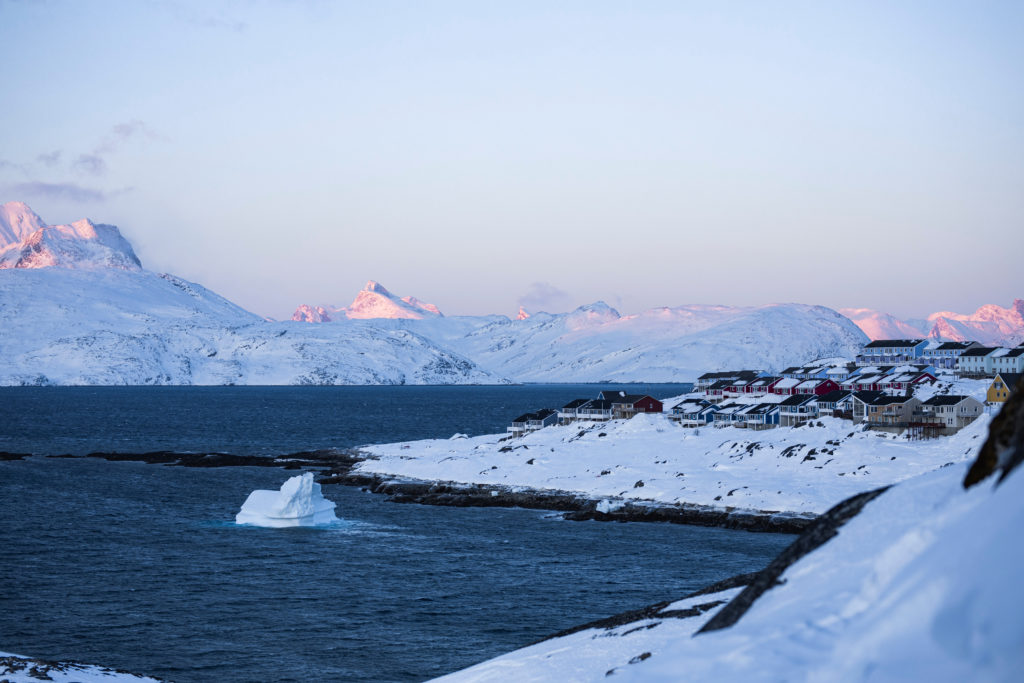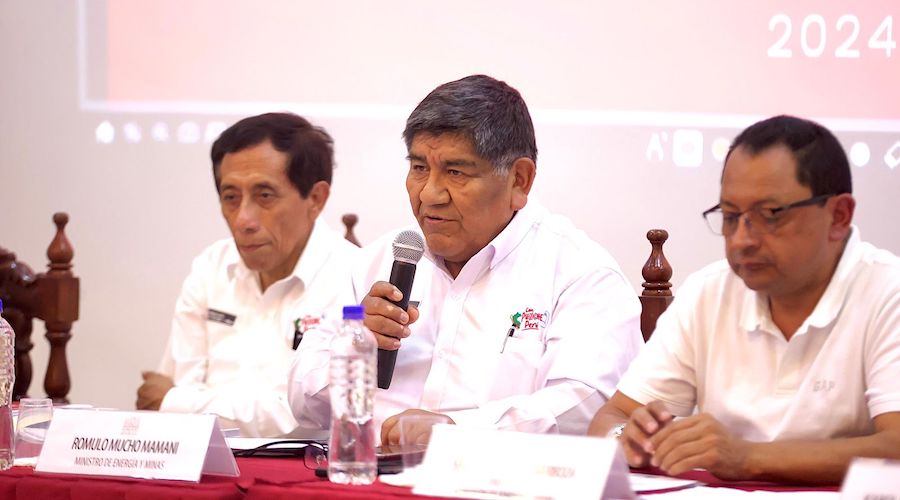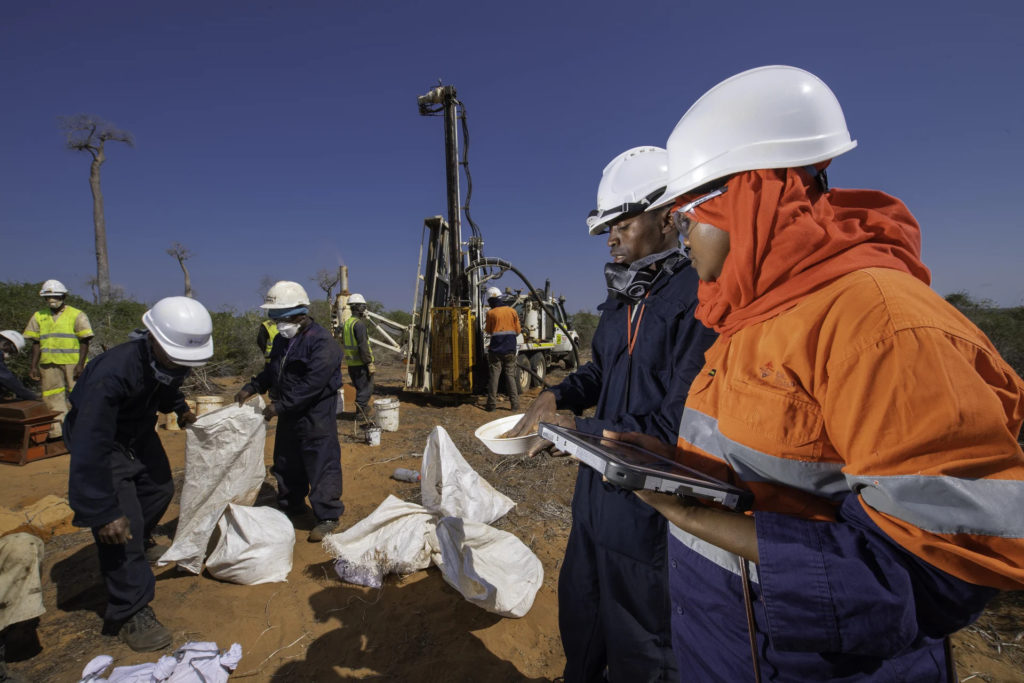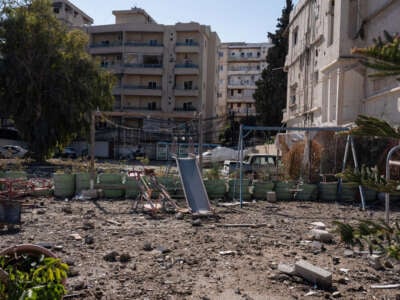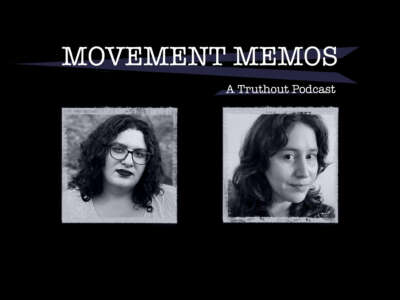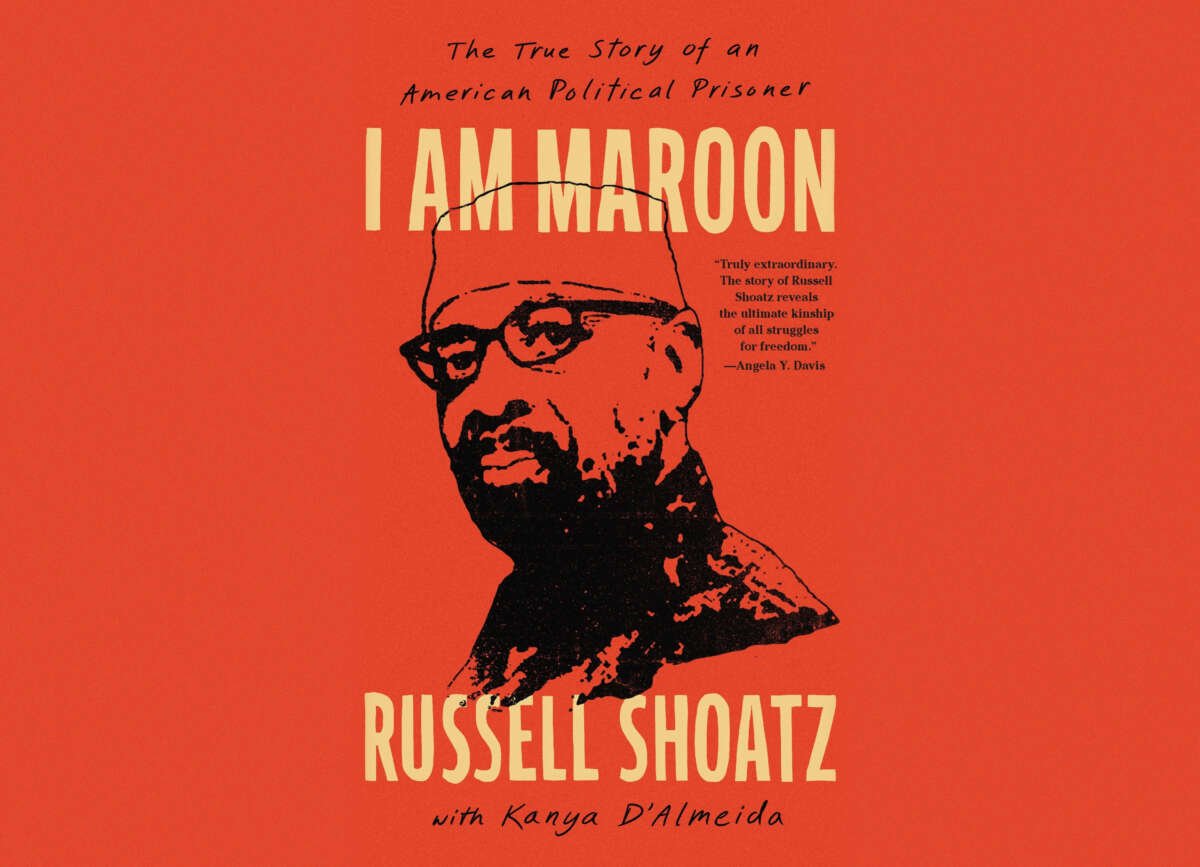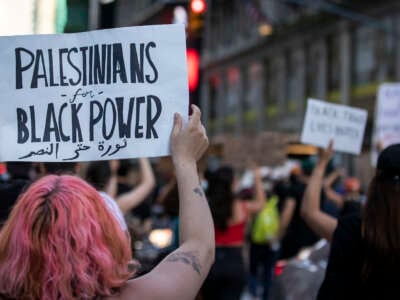Oil flows from Kurdistan to Turkey were halted due to legal disputes over unauthorized exports.
Russia's heavy involvement in Kurdistan's oil sector and Baghdad's push to integrate Kurdistan into a unified Iraq complicate the chances of a balanced resolution.
Baghdad appears intent on centralizing oil governance under a unified oil law, reducing Kurdistan's autonomy.
The resumption of oil exports from Iraq’s semi-autonomous region of Kurdistan through the Iraq-Turkey Pipeline (ITP) to the Turkish port of Ceyhan was discussed in detail last week by Iraqi Oil Minister Hayan Abdul-Ghani and the country’s Parliamentary Finance Committee, a senior energy sector source who works closely with the Oil Ministry told OilPrice.com. These flows were stopped on 25 March 2023 after the International Chamber of Commerce (ICC) ordered Turkey to pay the Federal Government of Iraq (FGI) in Baghdad damages of US$1.5 billion for unauthorised oil exports organised by the Kurdistan Regional Government (KRG) in Erbil. The ICC had ruled that Turkey had broken the terms of a 1973 agreement by allowing the oil exports from the Iraqi Kurdistan region without the consent of the FGI. “However, some big issues remain between the two sides [the FGI and the KRG], and restoring the oil flows [through Kurdistan to Turkey] depends on how these are dealt with in the coming days,” he added.
At the heart of any new agreement between the FGI and KRG is precisely the same basic trade-off that underpinned the original November 2014 deal struck between the two sides. This involved the Iraqi Kurdistan region effectively transferring oil produced in its region to the Iraqi government’s State Oil Marketing Organization (SOMO) for onward export as it saw fit, in exchange for which the Iraqi government would send the Iraqi Kurdistan a monthly dispersal of funds from the central Iraq government budget. Specifically, for the first year of the deal taking effect (2014), 17 percent of the FGI’s budget after sovereign expenses (around US$500 million at that time) was to be dispersed over the year on a monthly basis in exchange for the KRG organising the export up to 550,000 barrels per day (bpd) of oil from the Iraqi Kurdistan oil fields and Kirkuk to SOMO. This time around, the FGI Cabinet ordered the KRG on 5 November to immediately transfer its oil output to SOMO in one part of the new iteration of the old deal. On the other part of it, the Cabinet announced that it had approved a budget measure to pay the KRG for production and transport costs incurred in this process and had set a US$16 per barrel rate for international oil companies (IOCs) operating in Iraqi Kurdistan.
The devil is in such details and the scene is set for a repeat performance of the long-running saga of the failure of the previous deal of 2014. Barely three months into that agreement, and accusations began from both sides, with the KRG accusing the FGI of not paying the full amount promised, and the FGI accusing the KRG of not supplying the full amount of oil agreed. After that, matters between the two sides became progressively worse, and took a nosedive in 2017 after two seismic developments in the country. The first was the huge vote in favour of Kurdish independence in September, as analysed in full in my latest book on the new global oil market order. After this, the very basis of the deal became null and void when FGI and Iranian forces took back control of the oilfields in Kurdistan, including the major oil sites around Kirkuk. The FGI argued that the Kirkuk fields had been occupied illegally in the first place, having been under Kurdish control only since 2014 when the Iraqi army collapsed in the face of Islamic State. From that point onwards, the starting point of any negotiations for the FGI in Baghdad over budget disbursements to the KRG was that they should accord with the percentage share of the Kurdistan population in the overall population of Iraq. This, according to the FGI, was 12.67 percent – a long way from the 17 percent of the federal budget after sovereign expenses that had been the cornerstone assumption of the November 2014 deal.
The second huge event was Russia’s subsequent insertion of itself between the KRG and FGI, having effectively taking over Iraqi Kurdistan’s oil sector in late 2017 through three main means, as also detailed in my latest book. Russia provided the KRG with US$1.5 billion in financing through forward oil sales payable in the next three to five years. Second, it took an 80 percent working interest in five potentially major oil blocks in the region. And third, it established 60 percent ownership of the vital KRG pipeline by dint of a commitment to invest US$1.8 billion to increase its capacity to one million barrels per day. Consequently, Moscow considered itself well-placed at that point to leverage this presence into a similarly powerful position in the south of the country, particularly by striking new oil and gas field exploration and development deals with Baghdad as part of Russia’s role in intermediating in the perennial dispute over the November 2014 budget disbursements-for-oil deal. Russia not only challenged the percentage involved in the budget payments but also insisted through the KRG that oil flows that had been suspended in Iraqi Kurdistan following the September 2017 Referendum result would not restart fully until pipeline transit fees and pumping tariffs were paid to the Russian oil giant, Rosneft. By that time, the firm had a 60 percent stake in the Kirkuk-Ceyhan pipeline. Moscow also wanted the FGI to look again at its decision to deem ‘invalid’ the assignment to Rosneft by the KRG of the five exploration blocks in Kurdish territory in which it had secured an 80 percent stake. These were estimated to have aggregate 3P reserves of 670 million barrels.
None of these key parameters for the 2014 were ever fully and finally agreed by both sides, which is one reason why the FGI looks to have definitively shifted its focus to a different resolution of its ‘Kurdish problem’ – removing its last vestige of independence and rolling into a unified Iraq as just another province. The other reason is that neither of Baghdad’s two key sponsors – Russia or China – want a fractious semi-independent region that had close ties to the West disrupting their plans for Iraq. Ultimately, these plans are to maintain a client state in the very heart of the Middle East that together with neighbouring Iraq has the world’s biggest oil and gas reserves and considerable influence over the Shia Islamic states of the globe. This is why so many of the key questions surrounding the possible new deal between the FGI and KRG remain unanswered, despite last week’s long meeting on the subject in Baghdad. The main concern for any who think a workable resolution to the current oil export impasse is likely any time soon is the wording of the amendment to the Budget Law announced on 5 November that deals with compensating the KRG. It states clearly that, “Production and transportation costs for each field will be estimated fairly by an internationally specialized consulting entity, as agreed upon by the Federal Ministry of Oil and the KRG’s Ministry of Natural Resources, within 60 days of the law’s enactment.” Crucially though, it adds, “If no agreement is reached within this period, the Iraqi cabinet will select an international consultancy party without returning to the Kurdish authorities.”
Ultimately, according to the Iraq source spoken to by OilPrice.com last week, the FGI has no interest whatsoever in agreeing to any deal that empowers Iraqi Kurdistan in any way at all. “On the one hand, independent oil sales by the region jeopardise the oil flows that are meant to be sent to Baghdad to sell, and there is no upside to that for the FGI,” he said. “On the other hand, Baghdad does not want to send money to the region either as this will delay its being rolled into a unified Iraq,” he added. This longer-term intention was more than hinted at on 3 August last year, when Iraqi Prime Minister, Mohammed Al-Sudani, clear stated that the new unified oil law -- run, in every way that matters, out of Baghdad -- will govern all oil and gas production and investments in both Iraq and the Kurdistan region and will constitute “a strong factor for Iraq’s unity”.
By Simon Watkins for Oilprice.com







